The Early Signs of Oral Cancer
The earlier oral cancer is identified, the better the chances for successful treatment.

What is Oral Cancer?
Oral cancer isn't limited to the mouth - it can also occur in the:
- Lips, Tongue
- Throat, Pharynx, Larynx, and Tonsils
- Salivary Glands, Gums, Mouth Floor
- Sinuses
The American Cancer Society estimates about 54,010 new cases of oral/oropharyngeal cancer in 2021 as well as 10,850 deaths from oral/oropharyngeal cancer.
What are the Early Signs of Oral Cancer?
Our mouths are subject to some wear on a daily basis, from the accidental tongue-bite to the consequences of not letting hot chocolate cool enough before taking a gulp. Because of this, bumps and bruises are part of the territory, but should get better within two weeks. However, if you've noticed any of the following symptoms have lasted more than two weeks, you should see your dentist immediately, as they could be early signs of oral cancer.
- Unexplained loosening of teeth
- Sores, lumps, thick patches of skin in the mouth or throat
- Red or white lesions in mouth or on lips
- Swelling, tenderness, pain, or numbness in mouth or tongue
- Long lasting sore throat/hoarseness
- Feeling of a lump in the throat
- Issues moving jaw/tongue
- Difficulty swallowing or speaking
- Unexplained ear pain without hearing loss
Routine dental exams and self-checks are the easiest way to identify oral cancer early and improve outcomes.
Risk Factors for Oral Cancer
Though genetic and environmental factors can contribute to the development of oral cancer, there are some lifestyle choices that can increase the risk as well:
- Tobacco use (smoking or chewing)
- Alcohol use
- Human papillomavirus (HPV)/STDs
- Sun exposure (lip cancer)
- Lichen planus
- Poor oral health






